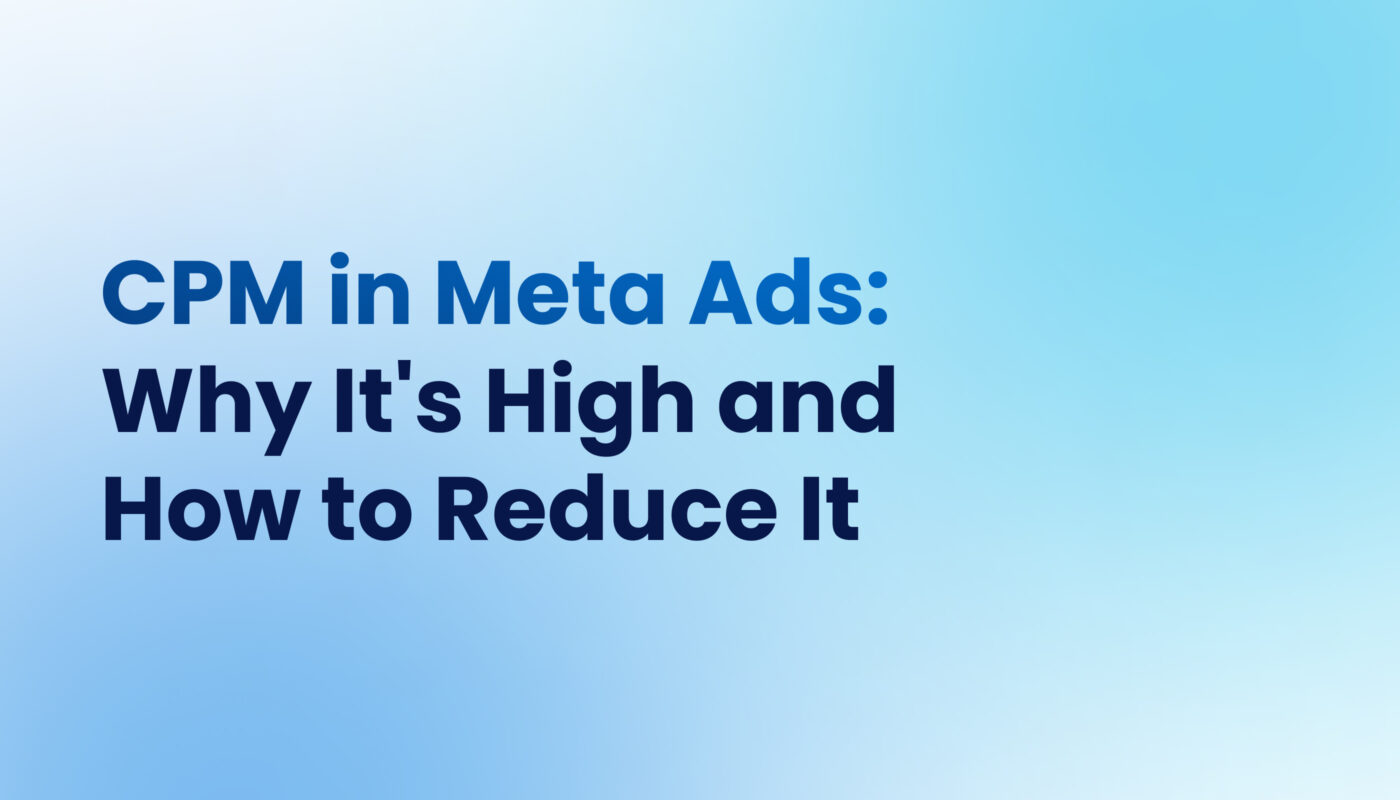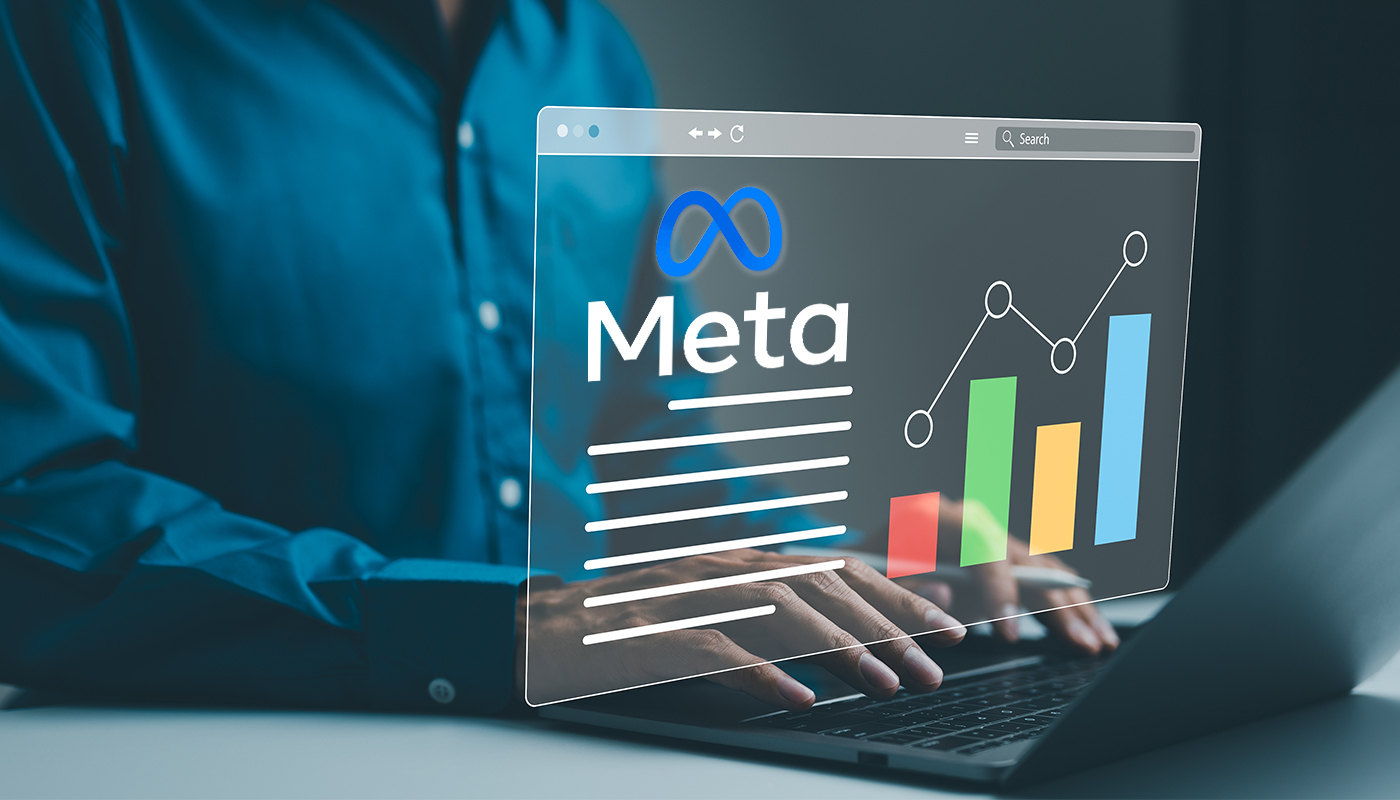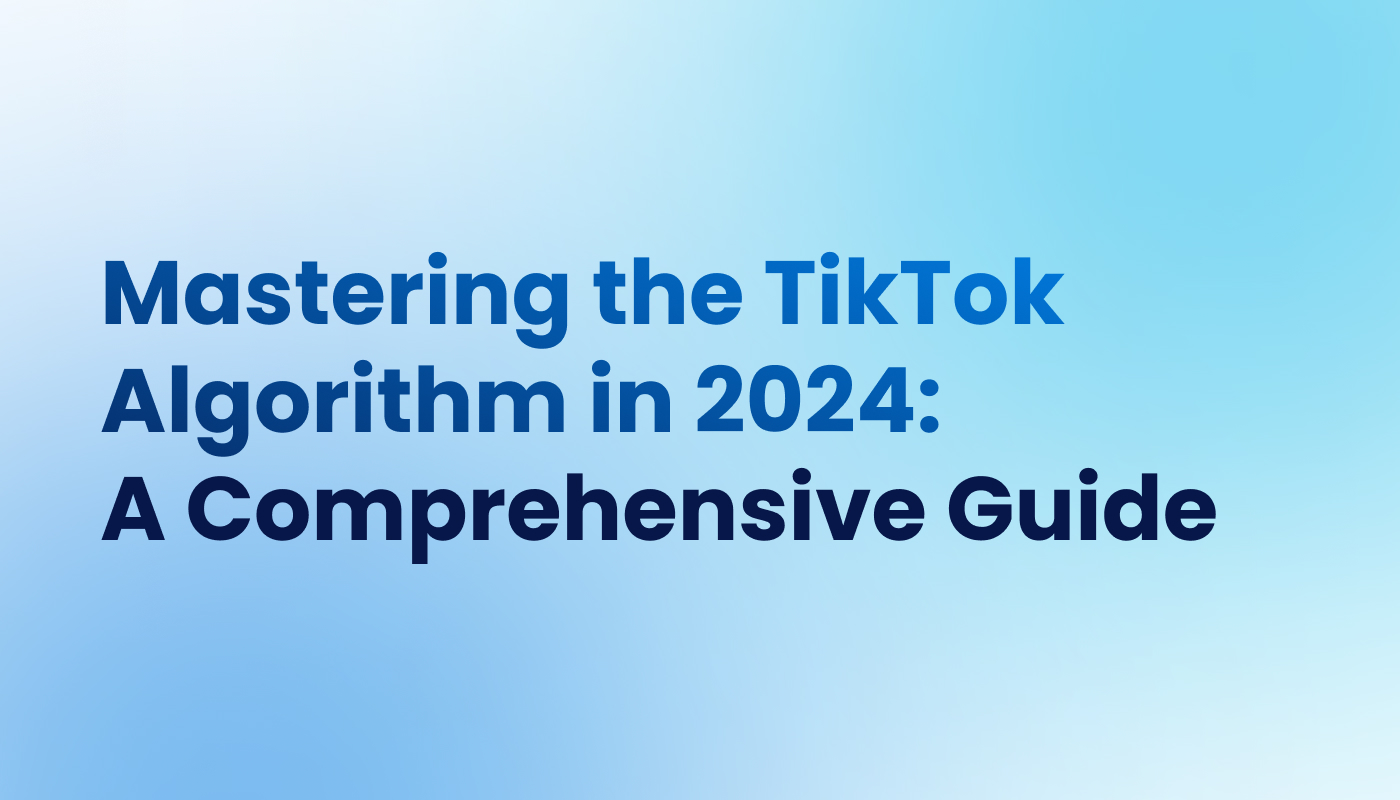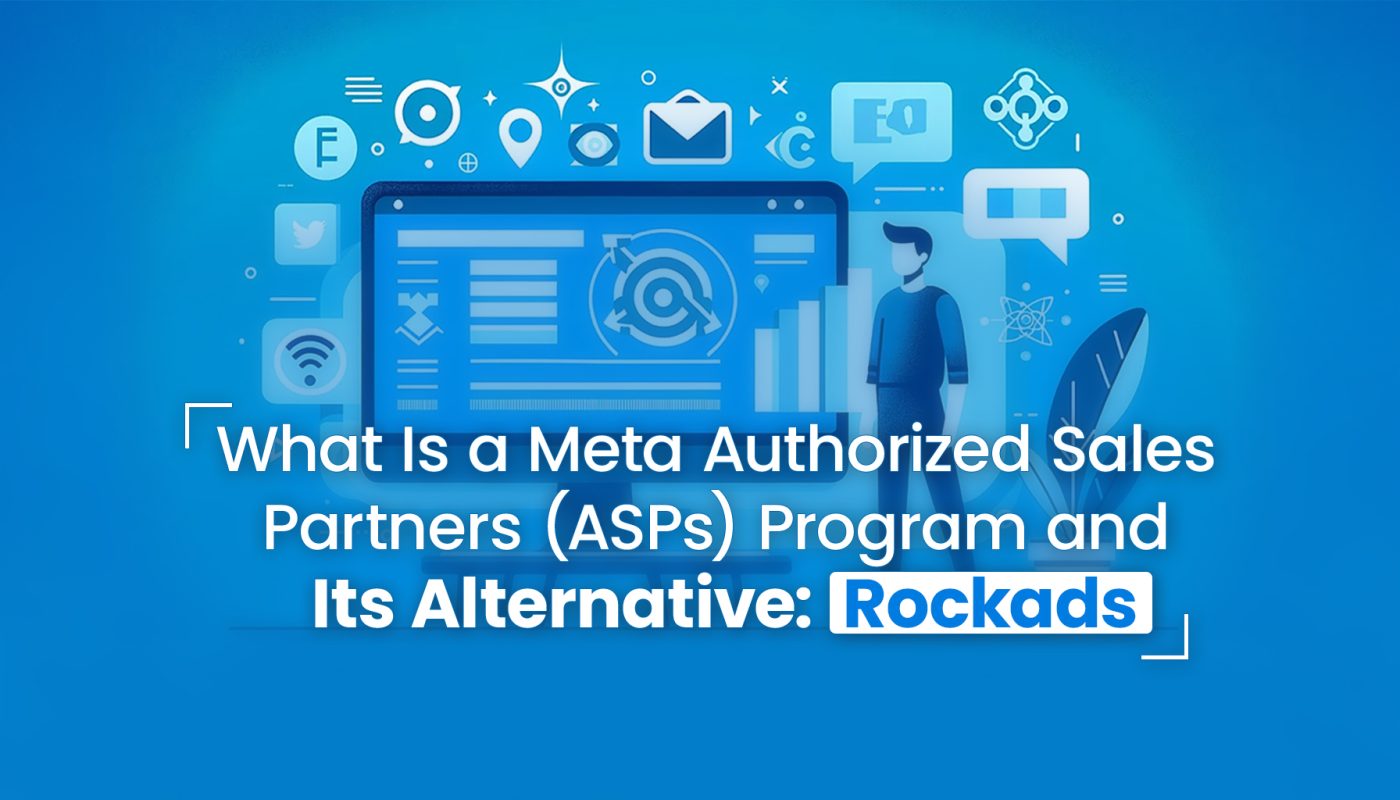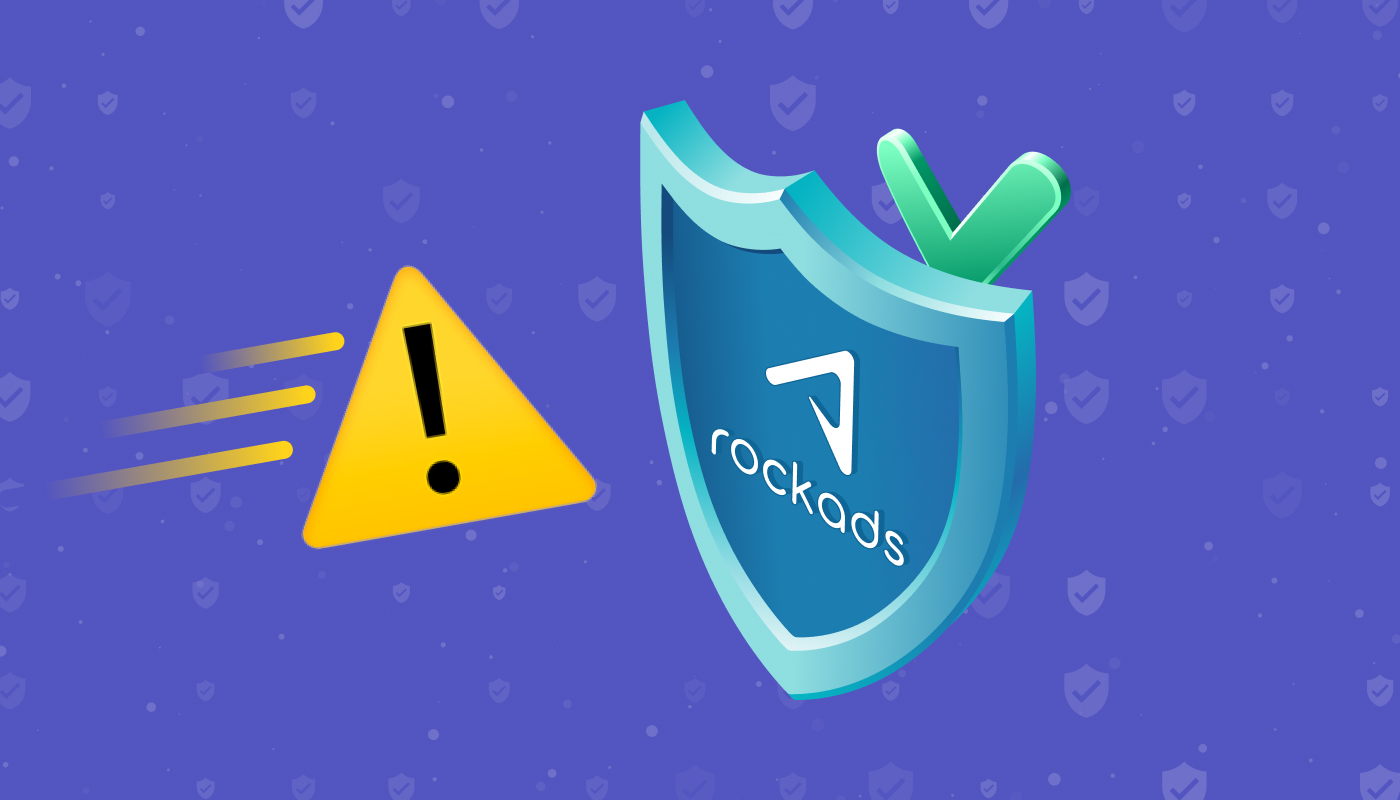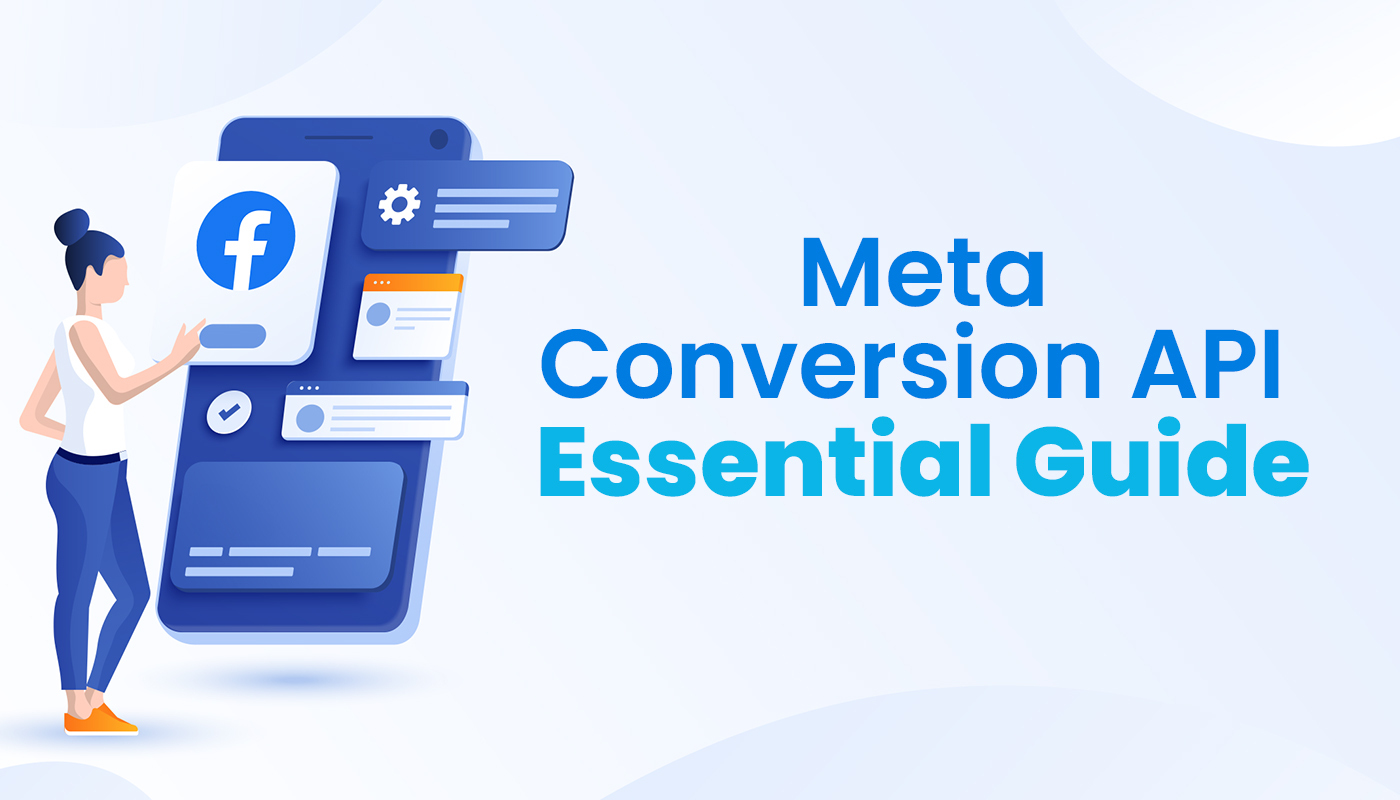
Step-By-Step Guide: Meta Conversions API Implementation
In the ever-evolving landscape of digital marketing, staying ahead of the curve is crucial for success. One of the latest advancements in this realm is the Meta Conversions API, which empowers businesses to accurately track and measure conversions beyond the limitations of traditional pixel-based tracking. In this comprehensive guide, we’ll walk you through the step-by-step process of implementing Meta Conversions API on your website, ensuring seamless integration and enhanced performance marketing capabilities.
Understanding Meta Conversions API
Before diving into implementation, it’s essential to grasp the concept of Meta Conversions API and its significance in the realm of performance marketing. Unlike conventional pixel-based tracking, which relies on cookies and browser activity, the Conversions API enables direct server-to-server communication, allowing businesses to capture and transmit valuable conversion data in real time. This not only improves data accuracy but also overcomes challenges such as cookie restrictions and cross-device tracking limitations.
Step 1: Prepare Your Website and Infrastructure
The first step in implementing the Meta Conversions API is to ensure that your website and infrastructure are ready for integration. This includes:
-
Secure HTTPS Connection
Ensure that your website uses HTTPS protocol to guarantee secure data transmission between your server and Meta’s servers.
-
Server-Side Tracking
Understand the difference between client-side (pixel-based) and server-side tracking. Server-side tracking involves sending events directly from your server to Meta’s servers, enhancing data accuracy and reliability.
-
Access to Server-Side Code
You’ll need access to your website’s server-side code (e.g., PHP, Python) to implement the necessary scripts for sending conversion events.
Step 2: Generate Access Tokens and Set Up Events
Next, you’ll need to generate access tokens and set up events within your Meta Business Manager account:
-
Access Tokens
Generate a server-side access token in your Meta Business Manager settings. This token will authenticate your server’s communication with the Meta Conversion API.
-
Event Setup
Define the conversion events you want to track using the Conversions API. This includes standard events like purchases, leads, and registrations, as well as custom events tailored to your specific business objectives.
Step 3: Implement Conversion Tracking Code
Once you have the necessary access tokens and event configurations, it’s time to implement the conversion tracking code on your website:
-
Server-Side SDK Integration
Install the Meta Conversions API server-side SDK for your chosen programming language (e.g., PHP SDK, Python SDK). This SDK facilitates seamless communication between your server and Meta’s API endpoints.
-
Event Triggering:
Set up triggers within your server-side code to send conversion event data to Meta whenever a relevant action occurs on your website (e.g., completing a purchase, submitting a form).
Step 4: Test and Validate
After implementing the conversion tracking code, it’s crucial to thoroughly test and validate the setup to ensure accurate data transmission:
-
Test Events
Trigger test events on your website and verify that the corresponding conversions are recorded accurately in your Meta Business Manager dashboard.
-
Debugging Tools
Leverage Meta’s debugging tools (e.g., Conversions API Tester) to troubleshoot any issues and confirm that data is being received and processed correctly.
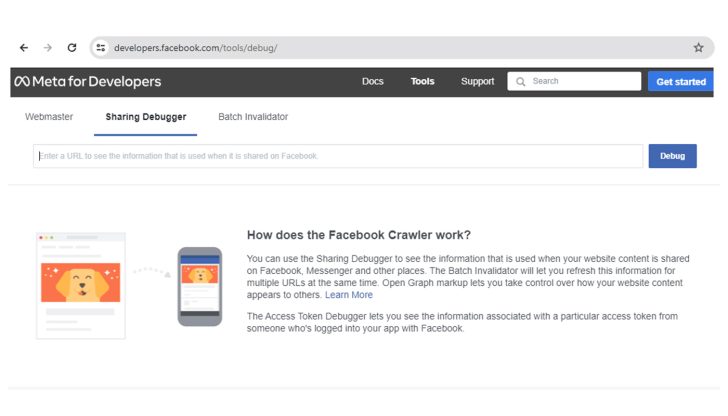
Step 5: Monitor Performance and Optimize
Once your Meta Conversions API is up and running, continuously monitor performance metrics and leverage the data insights to optimize your marketing strategies:
-
Performance Metrics
Track key performance indicators (KPIs) such as conversion rates, ROAS (Return on Ad Spend), and attribution insights to evaluate campaign effectiveness.
-
Optimization Strategies:
Use data-driven insights to refine audience targeting, ad creative, and bidding strategies, maximizing the impact of your Meta advertising campaigns.
By following this step-by-step guide to implementing the Meta Conversions API on your website, you’ll unlock a new level of precision and effectiveness in your performance marketing efforts. Embracing server-side tracking not only future-proofs your measurement capabilities but also enhances data privacy compliance and delivers actionable insights for driving business growth.
SHARE
